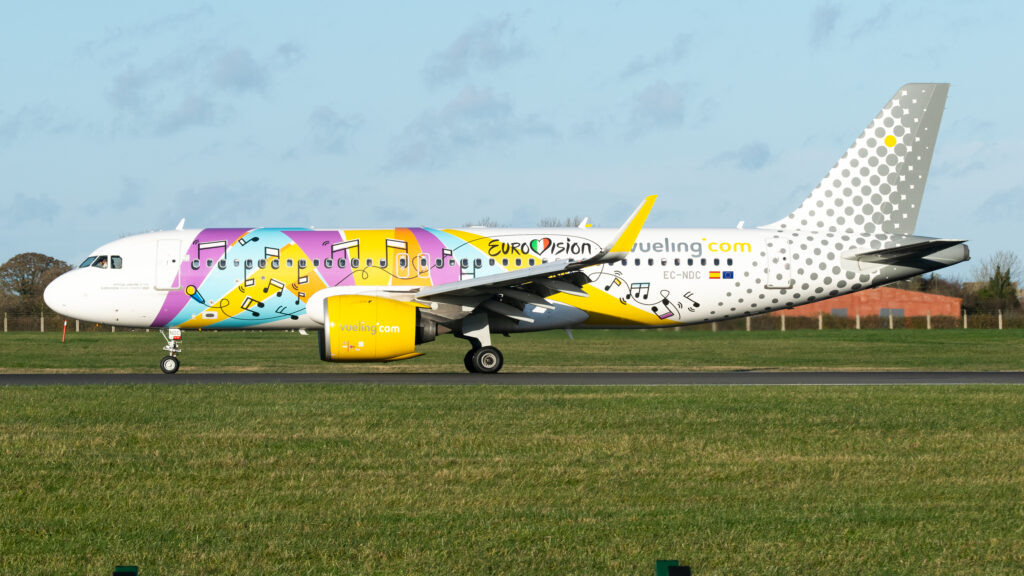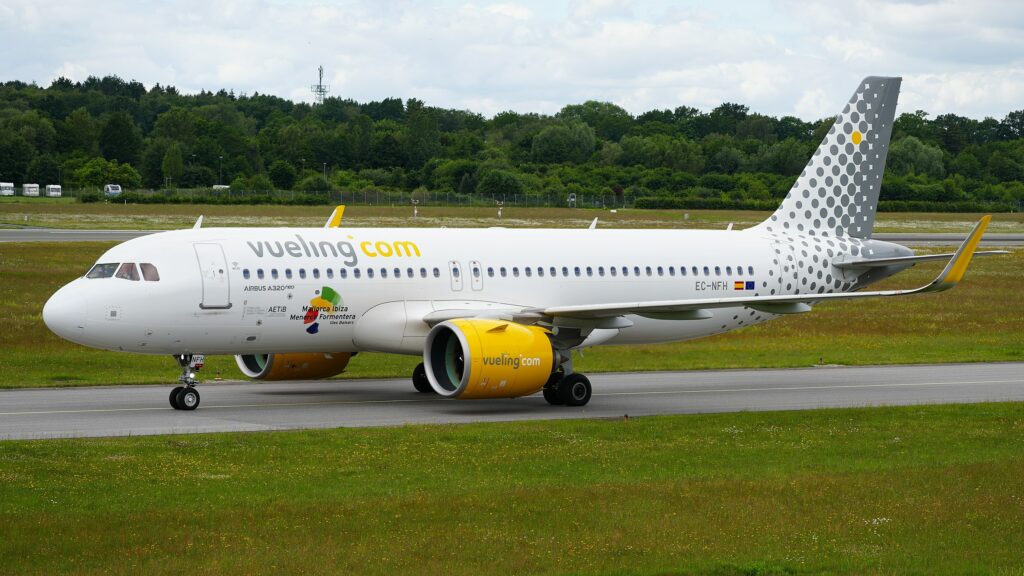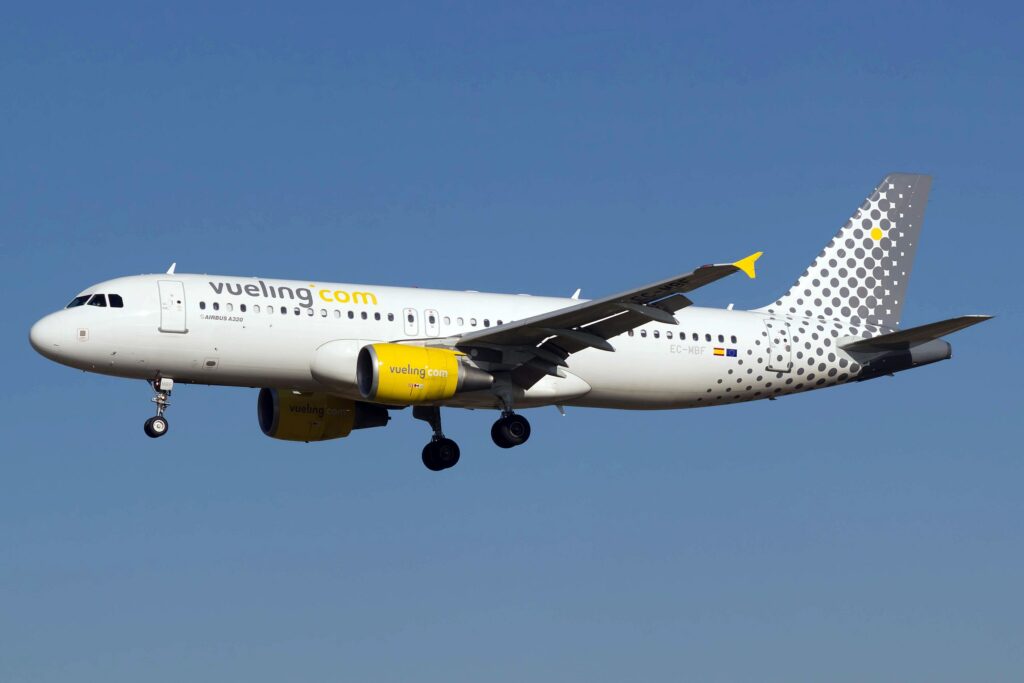The Spanish airline industry has had significant volatility in the last 20 years or so. Let’s take a look at how Vueling was able to turn this into a success story.
Introducing Vueling, the Spanish airline with humble beginnings but an impressive track record for growth and success.
From its innovative business model to its modern fleet of planes, there are plenty of reasons why Vueling is quickly becoming a household name in Europe and beyond.
Join us as we delve into the fascinating story behind this rising star in the aviation industry.
The History of Vueling

Vueling is a Spanish low-cost airline based in Barcelona.
It is the second largest airline in Spain after Iberia and ahead of Air Europa.
Vueling serves over 100 destinations in Europe, Africa, Asia, and the Americas.
The airline has its main base at Barcelona–El Prat Airport and has hubs in Rome–Fiumicino Airport, Madrid-Barajas Airport, and Paris-Charles de Gaulle Airport.
The history of Vueling begins in 2004 when a group of young entrepreneurs decided to set up their own low-cost airline in Spain.
[monsterinsights_popular_posts_inline]
With a team of just 12 people, they launched Vueling’s first flight from Barcelona to Ibiza on 1 July 2004.
The company has come a long way since then, and today it is one of the leading low-cost airlines in Europe, with a fleet of over 120 aircraft and more than 4,000 employees.
In 2013, Vueling was acquired by International Airlines Group (IAG), the parent company of British Airways and Iberia.
This acquisition gave Vueling greater access to IAG’s global network and resources and helped to further cement its position as a key player in the European aviation market.
Today, Vueling is a key part of IAG’s portfolio of airlines, which also includes Aer Lingus, British Airways, Iberia, and others.
Together, these airlines offer passengers a wide choice of destinations across Europe and beyond.
Why Vueling is Successful

There are many reasons for Vueling’s success, but some of the most important ones are its focus on customer service, its modern fleet of aircraft, and its aggressive expansion plans.
Vueling has always placed a strong emphasis on customer service, and it has paid off.
The airline has consistently ranked among the top airlines in Europe for customer satisfaction, and it was even named the “World’s Most Punctual Airline” by FlightStats in 2015.
Vueling’s fleet is also very modern, with an average age of just 9.2 years as of 2023. This is important because it allows the airline to offer a more comfortable and efficient travel experience for its customers.
Finally, Vueling has been aggressively expanding in recent years, adding new routes and destinations at a rapid pace.
This has helped to grow the airline’s business significantly, and it shows no signs of slowing down.
Conclusion

Vueling is a success story that proves the power of innovation and adaptation.
When the Spanish airline was founded in 2004, it had just four aircraft and one route to Barcelona.
Fast forward 16 years later, and it has become a major player in the European aviation industry with over 90 airplanes, 400 routes, and thousands of passengers served every day.
By staying agile and understanding customer needs, Vueling has managed to rise from humble beginnings to achieving remarkable achievements as Europe’s leading low-cost carrier.









